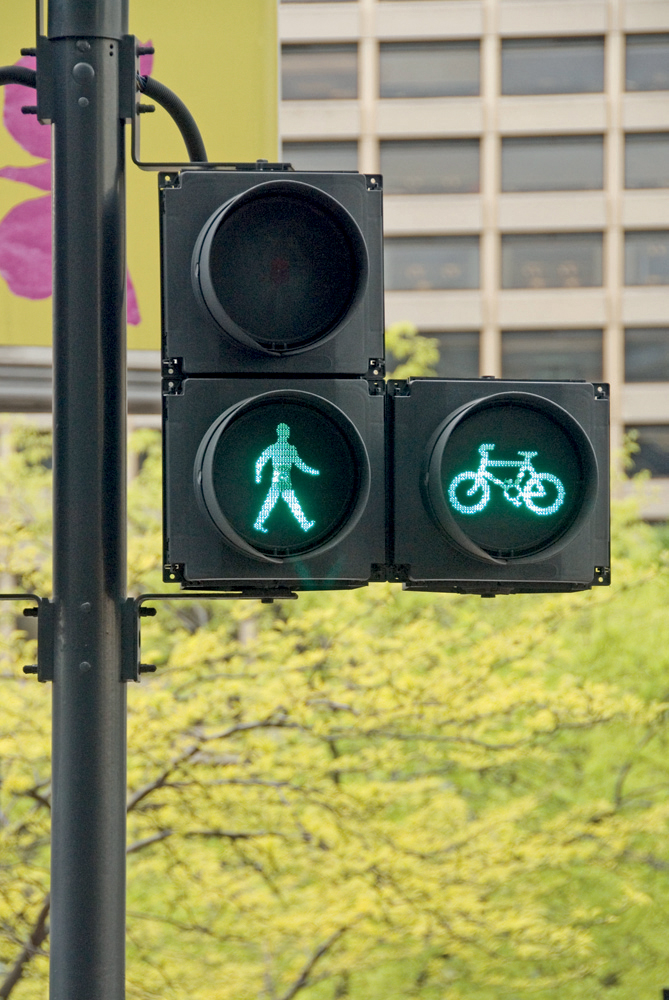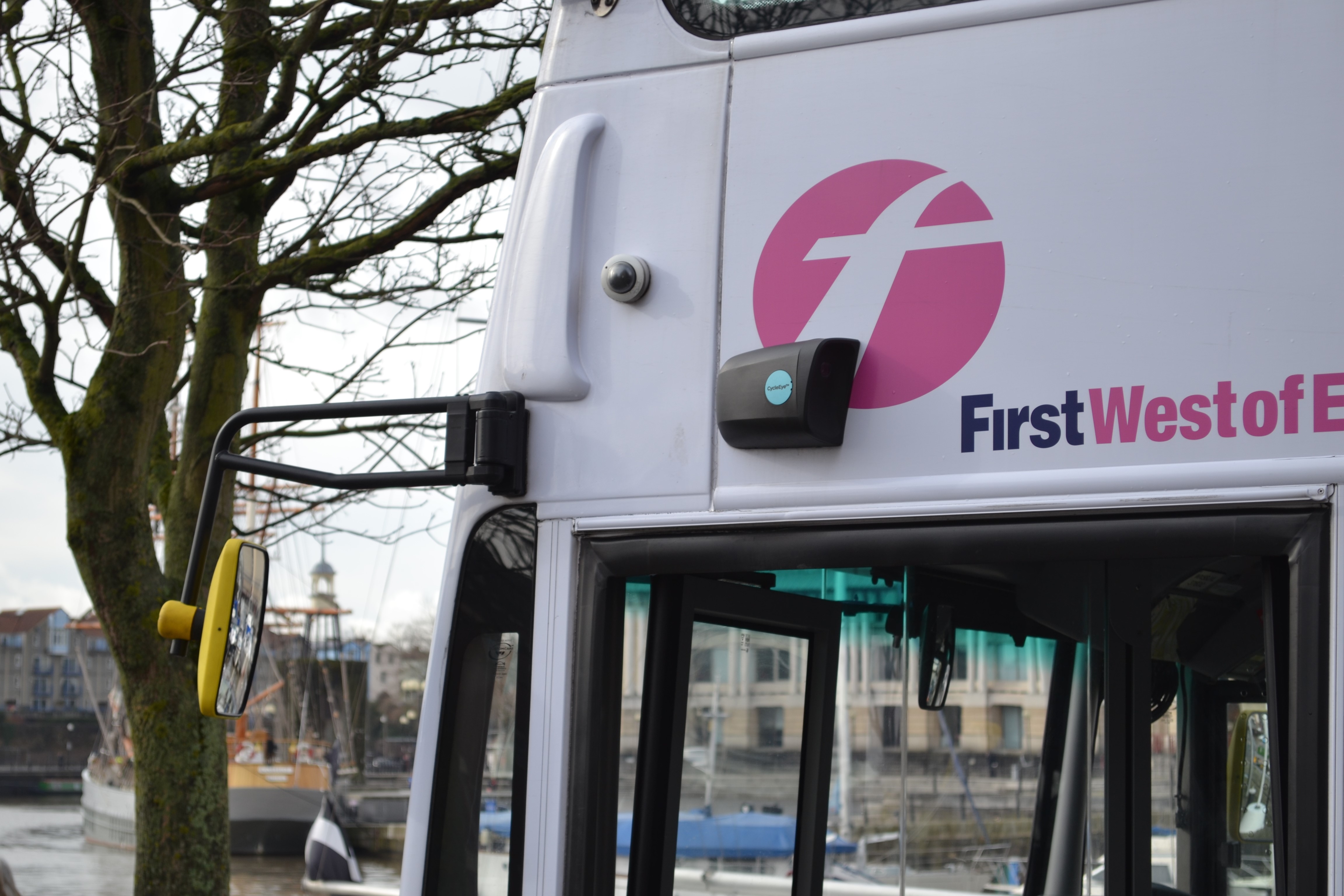
Accident analysis software can help authorities identify common causes and make best use of their budgets, as Will Baron explains.
More than 1.2 million people die on the world’s roads each year and according to the
While the UK has a good record on road safety in comparison to many other countries, it still records around 500 casualties and five deaths on its roads every day, 48% of which are classed as vulnerable (the UK definition includes horse riders, the elderly, disabled and children). Almost a quarter (23%) of these deaths are of pedestrians and every year around 3,000 cyclists are killed or seriously injured in road traffic collisions (RTC).
Governments in all developed economies are encouraging non-motorised forms of transport including walking and cycling and in the UK the Government’s vision is that these will become the natural modes of transport for short journeys. However, there is a need to ensure these activities can be carried out safely. With space to accommodate different road users at a premium, it means road design needs to be improved to ensure the safety of vulnerable road users, whether that is different priorities at junctions, new cycle paths or safe pedestrian routes. There also needs to be an increase in driver awareness about how to share roads safely with vulnerable groups, particularly cyclists and motorcycles - the latter of which make up just 1% of road users but account for 19% of all road user fatalities.
Technology has an increasingly important role to play in informing safer road design for all users and many local authorities, road safety partnerships and highways bodies are using collision data analysis software. This not only helps them identify accident clusters and take corrective measures but also to trial and evaluate the impact of new technologies such as innovative types of lighting or different types of traffic signals, as well as new road layouts and cycle paths. Best practice developed in this way could be replicated across the globe.
In the UK, the police are required by law to document any road collision resulting in injury that is reported to them or where they are in attendance. This is recorded in accordance with a ‘Stats 19’ form, which captures key data such as: whether the injured person was a cyclist, pedestrian or driver; their age; where the incident took place. Also logged are details such as the road weather and lighting conditions and if those involved were turning left or right. These reports are sent to local authorities on a monthly basis and kept in a database.
The UK is not alone in requiring such reports and this data is an incredibly valuable source of information. Increasingly authorities are using analysis software like KeyACCIDENT to enable them to interrogate such data by running their own queries. Systems like this can produce more than 50 statistical and narrative reports allowing authorities to highlight patterns in the collisions and identify possible common causes.
Using recognised algorithms, the software can quickly identify geographical clusters, for example of collisions involving young pedestrians, cyclists or motorcyclists. These clusters can be ranked so that recent incidents, or those involving more severe injuries, are given a higher weighting and the system can also track whether adverse weather, road surface conditions or light conditions were contributing factors.
Where a number of accidents occur on one particular road, the local authority can use the analysis software to quickly identify the types of affected user. If cyclists or pedestrians were involved at an unexpected level, they could then look at possible road safety measures such as pedestrian crossings, safe pedestrian routes, priority changes at junctions or cycle paths. Using analytical software like KeyACCIDENT would also enable authorities to look at historic data to see what measures had been most effective in similar situations. They can then implement these and use the software to analyse the impact, by comparing data before and after the engineering measures were installed.
Ayrshire Roads Alliance, a road safety partnership in the UK, has been successfully using this type of approach and has used Keysoft’s software for the past seven years for accident cluster analysis and identifying local trends. Using the software, engineers at Ayrshire Road Alliance identified a cluster of incidents at a location on the A719 Waterside Road, where there had been four slight injury-related accidents in the previous three years. What the analysis revealed was that the collisions predominantly involved inexperienced drivers or drivers travelling too fast for the road conditions (see box).
Azhar Ali, civil engineer at the Ayrshire Roads Alliance, said: “We use the software to carry out an annual review of accident clusters, including those involving pedestrians and this enables us to improve on road design. Our team in Traffic and colleagues in Road Safety Education also use the software to assess walking routes for schoolchildren and report on accidents involving young pedestrians. This helps identify where improvements can be made, new pedestrian facilities can be introduced or restrictions put in place to help reduce pedestrian casualties.”
This type of casualty data analysis software also enables authorities and planners to take a more proactive approach to road design and shared use. For example, if allocated a budget for cycle paths, an authority can use the system to help prioritise the best locations. They can easily search to find out which stretches of roads have the most cycling injuries and would therefore benefit most from a new cycle path. It also allows authorities to monitor the success of existing cycle schemes and analyse which type is most successful in reducing collisions. In some cases, the decision could be taken to move the cycle path away from the road completely as a result of analysing accident evidence.
Junction design is very important for vulnerable road users and the use of road markings, signage and traffic lights all play an important role in enabling safer shared use of the road.
Using the analytical software allows local authorities to monitor accidents at junctions, identify clusters and prioritise road improvements accordingly. This can be depicted visually (see image on page 45), so they can see at a glance the types of casualty that occur at the location and identify patterns and corrective measures. If there are traffic lights, there can be simple effective measures to reduce the number of casualties, such as increasing the duration of the light sequencing to allow more time for elderly people or children to cross the road, or introducing a cycle lane filter light.
Data analysis software plays an important role in helping to inform road design based on real evidence about where and why collisions happen. Using this data can help to ensure the numbers of road casualties continues to reduce and also that road design deals intuitively with the increasing amount of shared use by trams, buses and motorcyclists as well as a growing number of cyclists and pedestrians. At a time when local authority budgets are stretched more than ever, this type of technology will also help to maximise road safety budgets by delivering the improvements that will have the most impact.
About the Author:
Will Baron is product director at
Solar powered studs
Analysis of accidents on a twisting road section on the A719 in Ayrshire identified problems with inexperienced or speeding drivers - despite the installation of bend warning signs, chevrons and bollards. This prompted East Ayrshire Council and its main contractor Rennicks UK to trial the UK’s first use of solar powered active road studs to help inexperienced drivers to read the road conditions and safely negotiate the bends.
The experiment has proved successful with no accidents since the studs were installed in March 2013.










